- The functional organizational structure is rigid by definition. It has some drawbacks that affect not only Airlines, but the airlines that use this structure.
- First, strong centralized control over operations reduces the flexibility of individual departments, including local managers and supervisors, this will help the firm (de Oliveira et al., 12)
- It should use essentially the same structure that it used when it was a small, local airline. The airline can quickly take new initiatives and respond to changes in the industry (Nenem et al., 22).
- The advantage of company in using functional organisational structures is the ability to ensure that the company functions as a whole and not just as one or two.
- That’s not to say that the airline businesses can not have team-based cultures, which they often do.
- As the Panmore Institute has noted, the airline should use both a hierarchical and a functional structure in its business model (Taneja 10).
- A look at the structure of the operations, such as marketing, sales and customer service, shows that while they have fewer jobs than smaller regional carriers, the divisions are very similar.
- Corporate structures of the airline should facilitate the sharing of resources between airlines, including human resources.
- The airline will maintain a matrix structure with a hierarchy of executives, executives and executives. As a structural system, the airline should have a rigid hierarchy that takes strategic management concerns into account (Lange et al., 15).
- Examining the organizational structure of an airline gives us an idea of how management is organized from the top down in order to achieve a balance with maximum thrust and minimum resistance (Mariani et al., 20).
- A glance at the airline’s organizational chart should show that it uses functional organizational structures to organize management that more or less resemble the organization of airline departments and departments based on the various functions of the company.
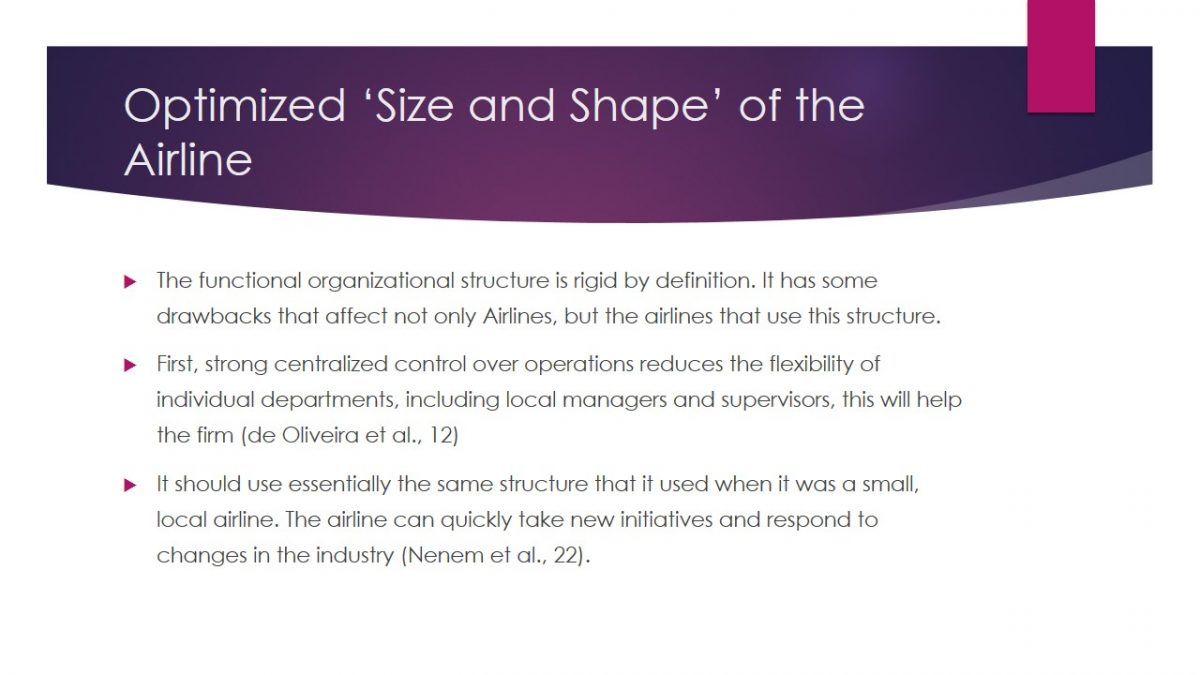
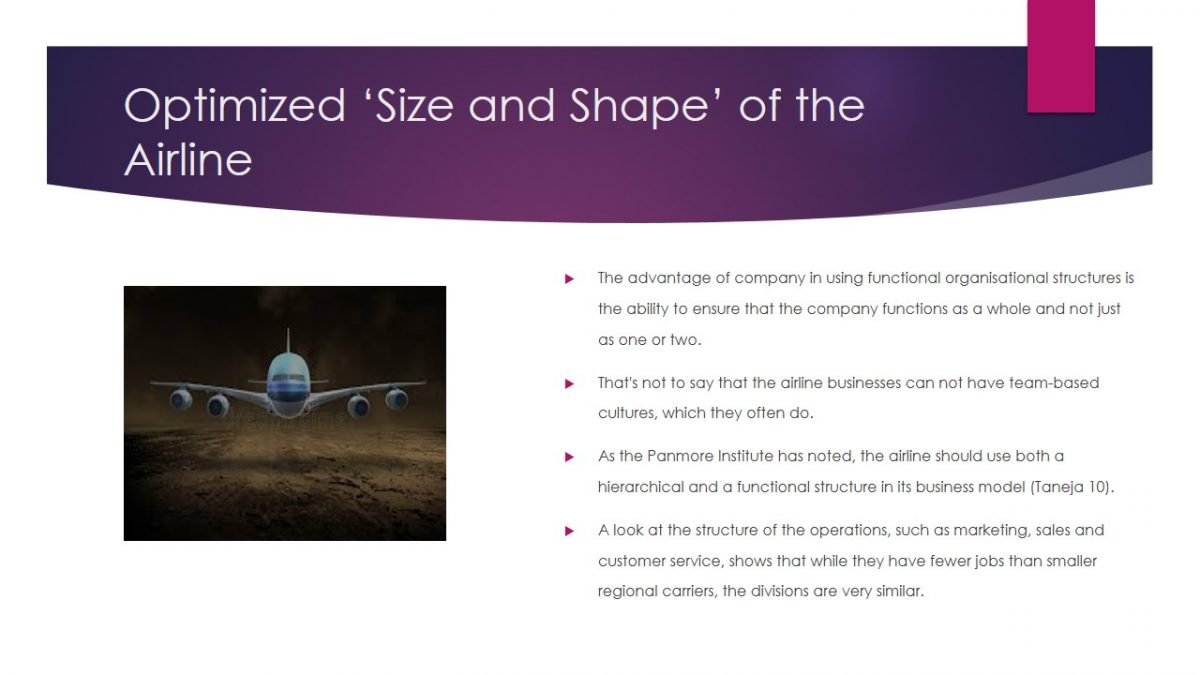
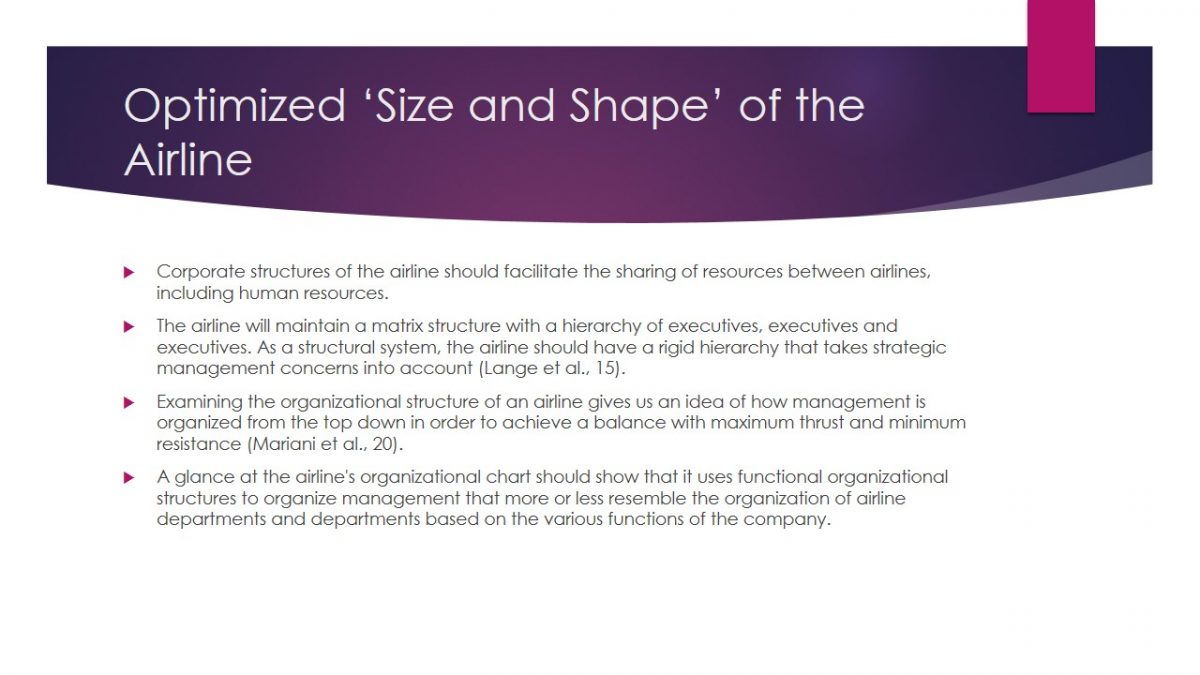
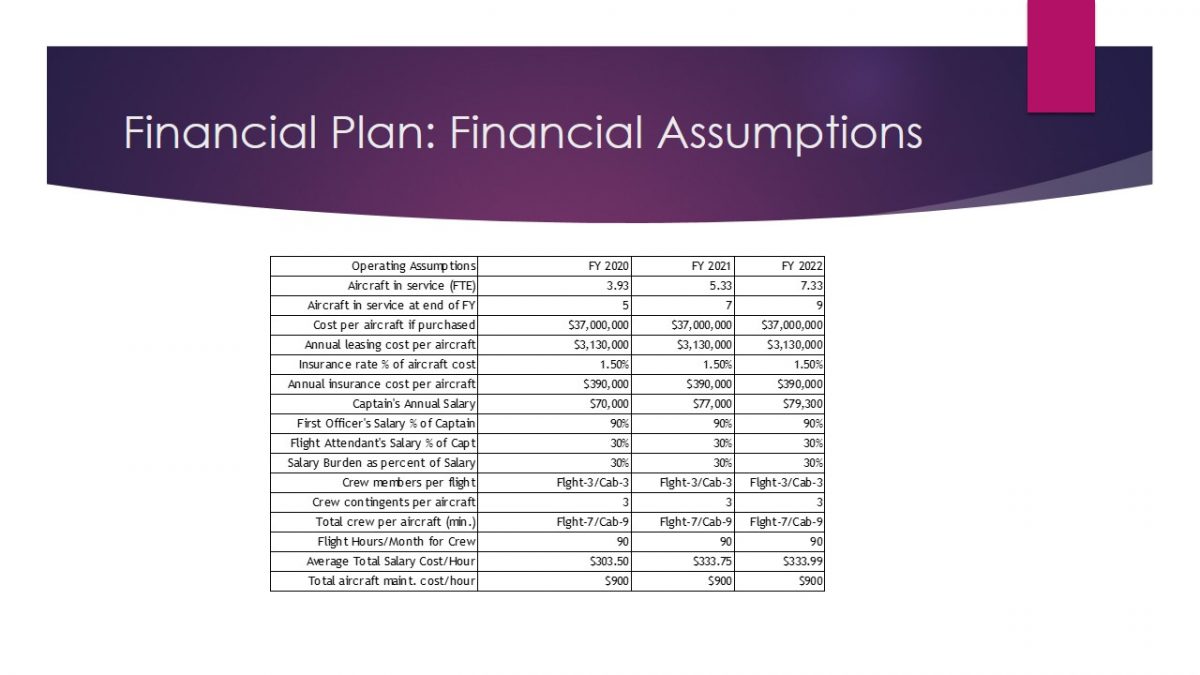

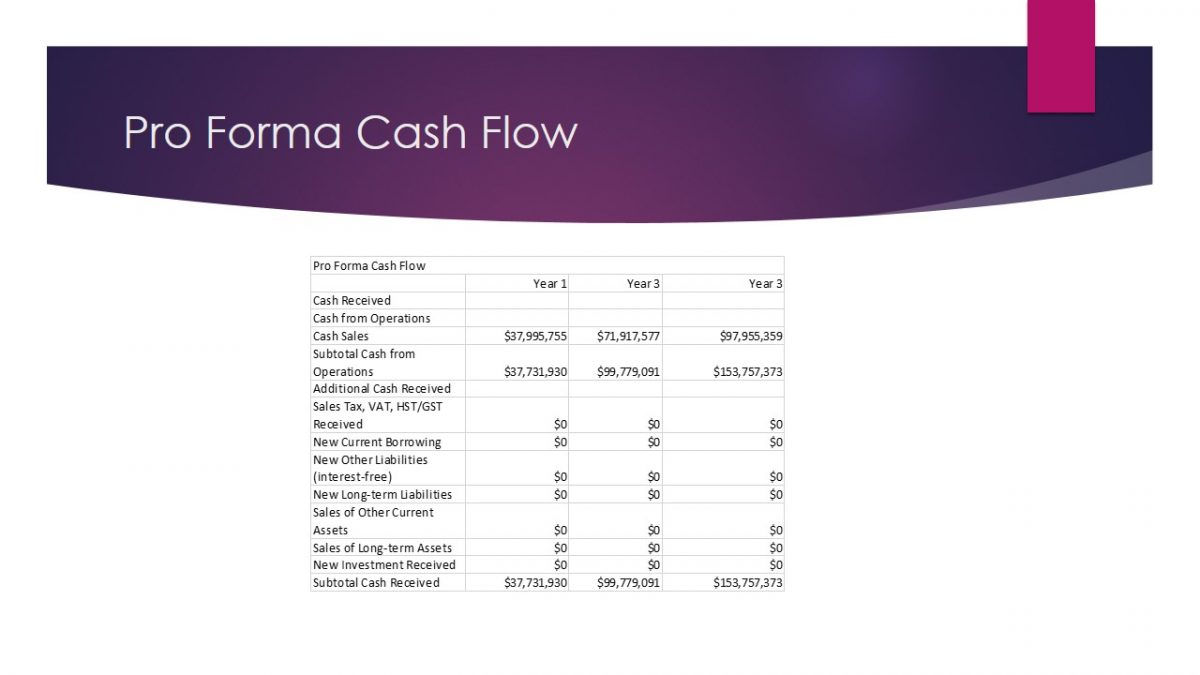
Works Cited
de Oliveira, V., M., Alessandro et al. “Does one model fit them all? A network design analysis of airline business model adaptation in face of competition.” 2019.
Lange, Anne, and Tobias Bier. “Airline business models and their network structures.” Logistics Research vol. 12 (2019): 1-14.
Mariani, Giovanna, et al. “Managing uncertainty in the start-up environment. Is a business plan an incentive or a limitation?.” Management Control, 2019. Web.
Nenem, Sukru, et al. “Airline schedule and network competitiveness: A consumer-centric approach for business travel.” Annals of Tourism Research vol. 80, 2020. ScienceDirect. Web.
Taneja, Nawal K. Transforming Airlines: A Flight Plan for Navigating Structural Changes. Routledge, 2020.
Yu, Jin. “Investigation of IFRS16 Effect on the Airlines.” Journal of Finance and Accounting vol. 7, no. 5, 2019. Science Project Group. Web.